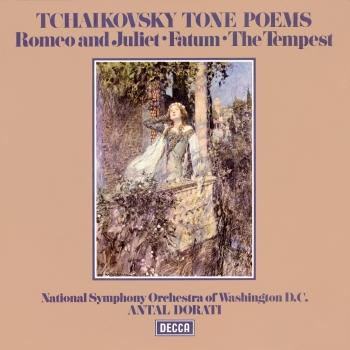National Symphony Orchestra of Washington D.C & Antal Dorati
Biography National Symphony Orchestra of Washington D.C & Antal Dorati
Antal Doráti
Antal Doráti (1906-1988) was unquestionably one of the most distinguished «conductor-composers» of the 20th century. In his long conducting career he appeared with virtually every major orchestra in the world, and became musical director of several of the most celebrated of them. Throughout his life, however, he was also composing - creating a substantial body of works whose existence has remained, until recently, unsuspected by the vast majority of concert-goers, but is now arousing increasing interest; and whose surprising extent is at least indicated by the present catalogue.
Doráti studied in Budapest with Leó Weiner and Zoltán Kodály. He himself recognized three periods in his composing career. The first, his «youthful» period, saw him as something of a prodigy, producing copiously - songs, chamber music, orchestral works, even operas. However, this period came to a precipitate end at about the age of 20, when he felt himself bereft of the ability to compose; and of all his «youthful» works, the self-criticism of his maturer years spared only two - the first two items in this catalogue. He now threw himself into an alternative career as a conductor upon the international stage, and there followed what he termed his «period of homesickness». During this 30-year span he managed to produce only a handful of original works, and those mostly in Hungarian folk idioms, written in exile. But he did pursue a valuable «sub-compositional» activity which continued to fascinate him throughout his life - the arrangement and orchestration of works by other composers, including the highly-successful Johann Strauss ballett Graduation Ball (the piece in which his participation is still probably best-known).
It was not until the mid-1950s, therefore, that the apperance of two very substantial scores - the terse, steely First Symphony and the monumental Claudel oratorio «Le Chemin de la Croix» - signalled the opening of the third, and by far the most important period. This dissolution of the creative block, Doráti felt, was the most important factor that enabled him to get over a severe crisis in his health. These two major works manifested an impressive sense of creative direction, which continued unabated for the final three decades of Doráti‘s life. ....










